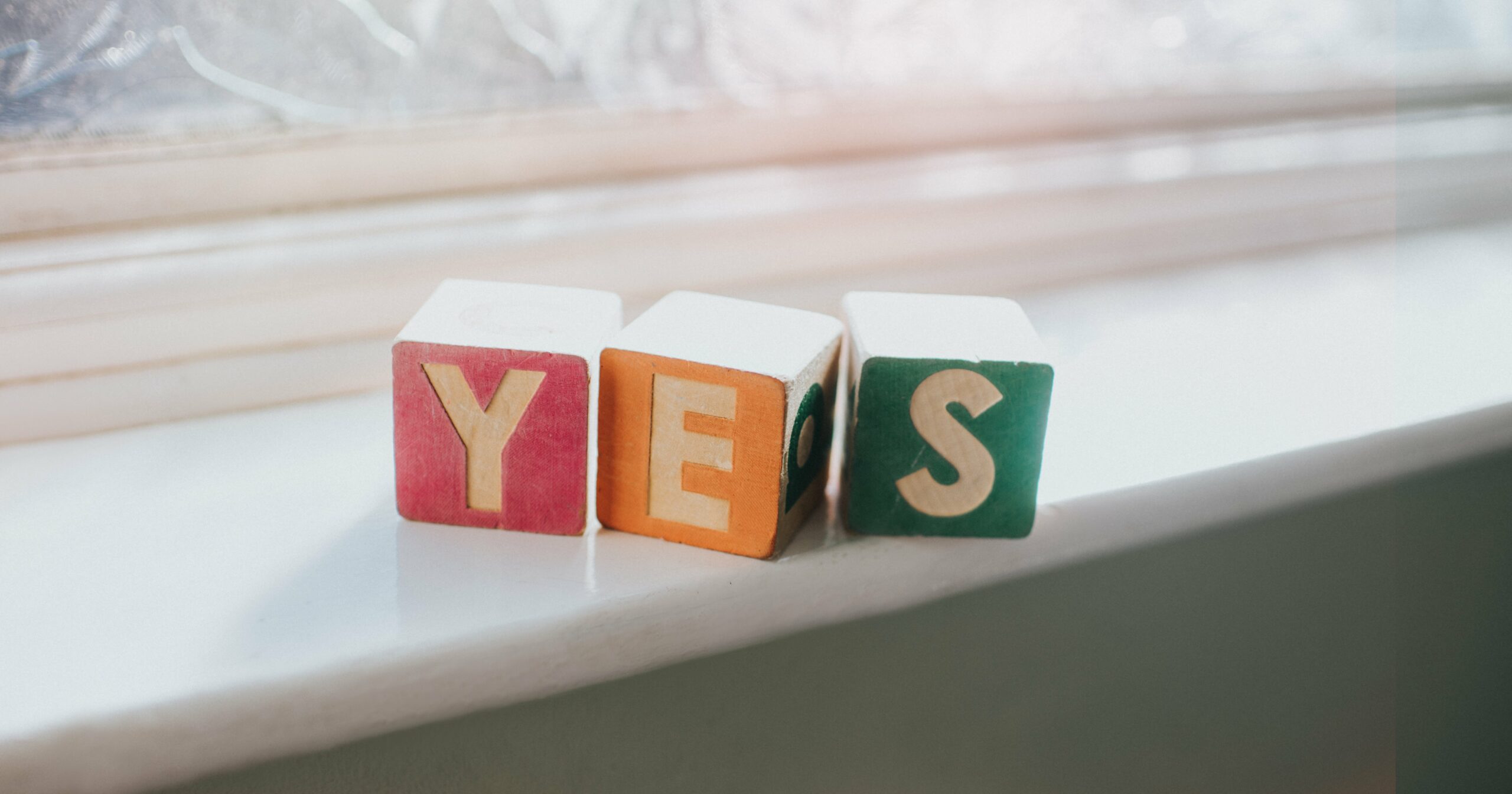As unfun as it may be in the moment, telling a child “no” is a big part of teaching them how to navigate the world. But not all parents set those boundaries. A permissive parenting style will allow kids to get away with what they want, when they want.
“We inherently know when a child has done something wrong or something that we need to stop or to guide,” says parenting expert Sarah Ockwell-Smith, author of “Gentle Discipline.” Yet permissive parents will let it happen, either because they’re not sure what to do, too overwhelmed to deal, or afraid of causing a meltdown.
It’s not necessarily an active choice – and it’s something that just about all of us do from time to time. “Realistically, every parent has moments when they are sometimes more permissive than not,” says counselor Amy C. Bryant of Wild Child Counseling.
But what exactly does permissive parenting look like in action, and how can it affect a child long-term? Here’s what parenting experts have to say on the matter.
What Is Permissive Parenting?
Permissive parents set few demands on their children, and don’t dole out consequences for misbehavior. “Permissive parenting is basically letting children get away with everything, not considering whether they’re acting age appropriately or not,” Ockwell-Smith says.
Sometimes permissive parenting is described as its own defined parenting style, but Bryant sees it more as a survival strategy. “These parents might be trying to avoid repeating old-school fear-based methods like spanking and timeouts and things that we now know aren’t ideal for kids,” she says. While they may know what they don’t want to do, they’re unsure of what they should do instead, so they simply freeze up and look the other way.
Or, parents might be trying to avoid tantrums. “I tend to find that the parents are very loving, very caring, but they are too afraid to discipline their children because they don’t want to make them cry or upset them,” Ockwell-Smith says.
Then there are instances where permissive parenting can be a side effect of neglectful parenting, where the parents let their children do anything just because they can’t be bothered to correct them, according to Ockwell-Smith.
What Does Permissive Parenting Look Like?
Often, permissive parents are exhausted, and indulging their child is just the path of least resistance. “It might be saying, ‘No, you can’t have that Rice Krispie Treat,’ but their child hasn’t eaten all day and they have a giant meltdown,” Bryant says. “And so the parent goes, ‘I need you to eat something. Here’s your Rice Krispie Treat,’ instead of demanding they eat a peanut butter sandwich or putting grapes in front of them alongside the Rice Krispie Treat.”
Instead of teaching their children right from wrong, permissive parents might make excuses for their behavior. “You go to a friend’s house and your toddler is touching all of their expensive ornaments and you don’t stop them,” Ockwell-Smith says, as an example. “You just say, ‘Oh, they’re only little. They’re just exploring.’ They end up breaking something and a permissive parent would say, ‘Oh, well, they didn’t mean to do it.’ Which is all true, but you need to have boundaries to keep people and things safe.”
The Difference Between Gentle and Permissive Parenting
Ockwell-Smith guesses that at least a quarter to a third of people who think they’re practicing gentle parenting are actually permissive. “I see a lot of videos on TikTok labeled as ‘gentle parenting’ that I think are permissive parenting,” she says. “People get so focused on being respectful of their children and kind to them that they get a bit afraid to upset them.”
The difference between the two lies in setting limits. “Gentle parents will say ‘stop.’ We just won’t spend ages afterwards chastising them,” Ockwell-Smith explains. “Gentle parenting is very much focused on teaching, guiding and learning, but also having very age-appropriate expectations of what the child is capable of doing. You don’t punish them for being a child.” Permissive parents, on the other hand, simply won’t tell the child to stop, no matter their age.
The Benefits and Drawbacks of Permissive Parenting
When parents are permissive, kids miss out on an opportunity to learn how to advocate for themselves and problem solve collaboratively, Bryant points out. When children always just get what they want without any pushback, they never get a chance to learn what compromise feels like.
“If you are incredibly permissive, you’re setting that child up for failure later in life when they go out into the world that has rules and boundaries and limits,” Ockwell-Smith adds. “They’re much more likely to struggle.”
That said, Bryants feels permissive parenting is still far less harmful than authoritarian parenting (not to be confused with the expert-approved authoritative parenting). Authoritarian parenting is marked by a high level of control and at times excessive punishment. “At least you’re not hitting your child or over-controlling them or scaring them or coercing them with manipulation tactics,” she says. “So they learn that their parent is not someone to be feared, but someone that they can trust to tend to their needs or at least try to.”
How To Curtail Permissive Parenting
If you find you’re being more permissive than you want to be, start by asking yourself why it happens. Maybe you’re falling into this habit just to make it through the day, in which case Bryant suggests looking into ways you can get more support so you’re not stretched so thin. Or, if you find it’s a matter of not knowing what to do, seek out parenting resources to learn more, whether that’s through books, free podcasts, or videos online.
Also, take some time for self-reflection about your own childhood, Ockwell-Smith suggests. “A lot of the time it’s about making peace with what we went through as children, and realizing that we’re not our parents,” she says. “We’re not going to repeat the cycle.”
Jennifer Heimlich is a writer and editor with more than 15 years of experience in fitness and wellness journalism. She previously worked as the senior fitness editor for Well+Good and the editor in chief of Dance Magazine. A UESCA-certified running coach, she’s written about running and fitness for publications like Shape, GQ, Runner’s World, and The Atlantic.



